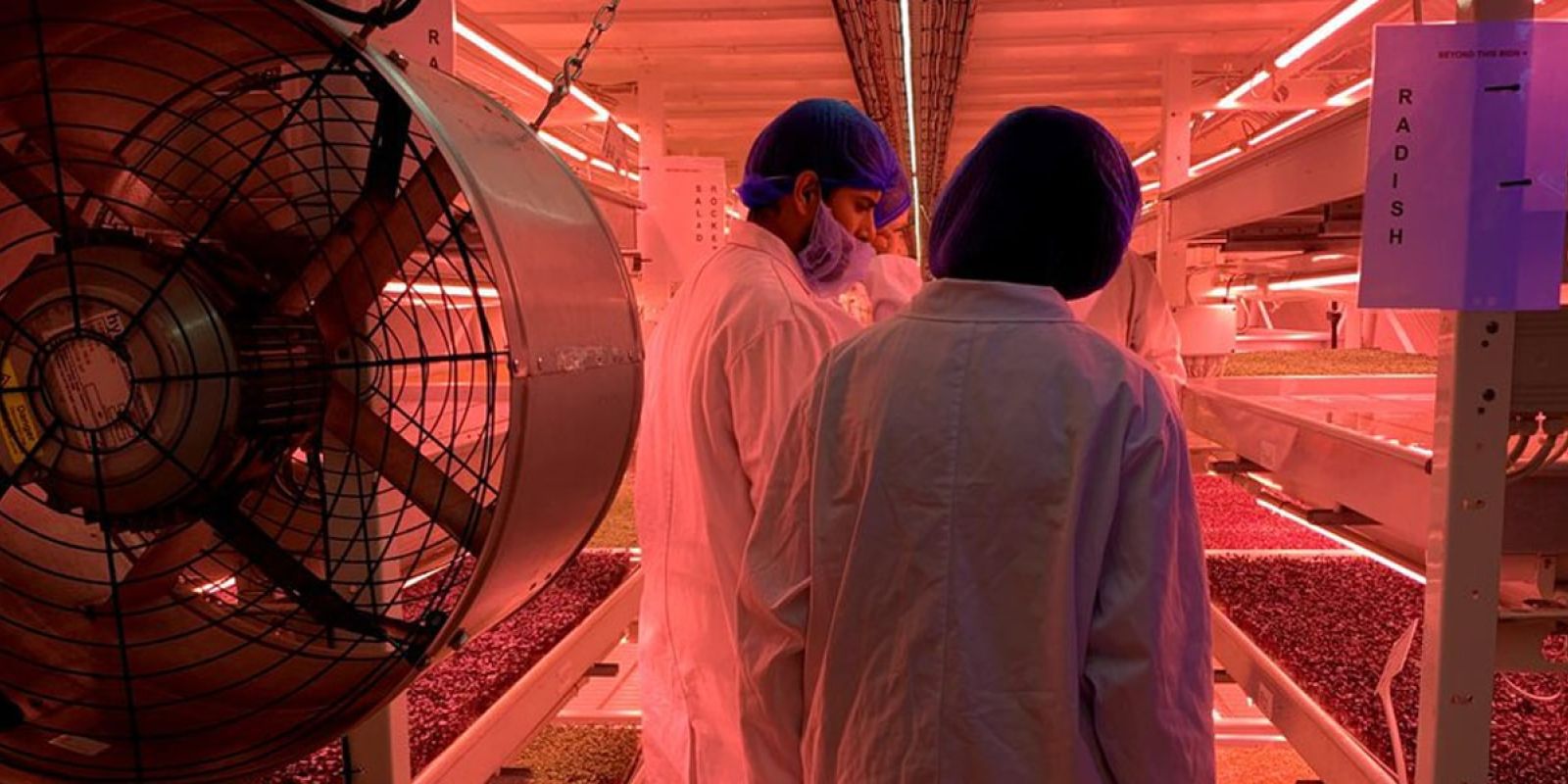ENERGY & FOOD
The UK Food Valley is focused on delivering energy efficiency gains through innovation and investment, which together with action on other major costs and constraints such as labour and water, will position Greater Lincolnshire’s agrifood industry as increasingly competitive over time.
The food chain is an energy intensive industry, with every stage of the food chain being major users of energy. Food processing alone in 2023 accounted for 13.5% of UK industrial energy use, without including agriculture, fishing or energy intensive inputs such as fertilisers and transport.
The significant energy used in the food chain is not surprising because the food chain is the largest manufacturing sector in the UK, and also the most important end user in other energy intensive industries such as logistics, with about 30% of all UK road freight connected to food.
Recent years have seen unprecedented rises in energy costs. In 6 months wholesale electricity prices for industry increased from around 14p/unit to a peak contract renewal request, reported to the UK Food Valley team, of just over 100p/unit in early September 2022, before government intervened to cap prices.
Some businesses at the time reported that energy costs had risen from under 3% of total costs to 20% or more, rendering them unprofitable even after passing on part of the increase to their customers. In agriculture, the increase in gas prices also led directly to big rises in fertiliser costs, not least because the UK is currently heavily dependent on fertiliser imports.
Whilst the agrifood industry continues to invest in new resilient forms of energy, arguably the more pressing issue is how to reduce energy use whilst stabilising energy costs to avoid a repeat of the impacts on businesses seen previously.
The agrifood industry in the UK Food Valley has been proactive at rising to these challenges, with researchers and businesses collaborating to develop new lower energy production systems. This has included the University of Lincoln’s National Centre for Food Manufacturing (NCFM) working with businesses using sub-metering to identify how to reduce energy consumption in cold stores. Greater Lincolnshire has seen major new cold stores developed, as reported in the July newsletter, with both Magnavale at Easton and Constellation in Grimsby opening new state of the art cold stores this year.
Energy is also used for motive power, and in this edition you can find out how the work Freshlinc are doing is making their trucks more efficient, and hear Ben Turner discussing energy efficiency improvements in tractor technology. In food processing, technology business OAL in conjunction with NCFM, has developed steam infusion cooking which makes food processing faster and more efficient, with big savings in energy costs.
The Lincoln Institute for AgriFood Technology (LIAT) have also worked with Tesco to demonstrate that demand side response- which runs cold stores faster when the grid has spare power and conversely turns them off when the grid is under pressure - can also deliver energy cost savings. LIAT has recently announced the opening of the UK’s first geothermal R&D greenhouse, which as well as using an innovative energy source, is trialling energy efficient glazing.
The UK Food Valley is also welcoming investment in AD plants which use waste from agriculture and food processing to generate energy and sustainable fertilisers, and local business Terravesta has become a UK and European leader in using low quality land to grow high yields of biomass crops to diversify farm incomes.
There is no single answer to energy efficiency, and for most businesses the answer will be a combination of multiple strategies, each delivering incremental improvements. A key lesson from all these new developments is, however, that the first step must be to make energy efficiency a key priority for business, which means measuring energy use and then using this information to inform management decisions.
This can be done by making energy efficiency a clear management responsibility, with action to routinely measure energy use through for example; using sub-meters to capture energy use data in real time and using AI to identify potential cost savings, and recognising that the potential to reduce energy costs can justify investing in energy saving equipment and processes.
Work on AI for the food chain being pioneered in the UK Food Valley is expected to help automate the process of identifying energy savings. Initial work by NCFM is demonstrating that in most food businesses energy savings of 20% or more are possible once you start to monitor, analyse and use detailed data on energy use to identify energy savings. Across the industry this represents a huge gain, worth potentially hundreds of million per annum.
If the UK Food Vally can deliver energy efficiency gains through innovation and investment, and couple this with action on other major costs and constraints such as labour and water, Greater Lincolnshire’s agrifood industry can become even more competitive over time.



